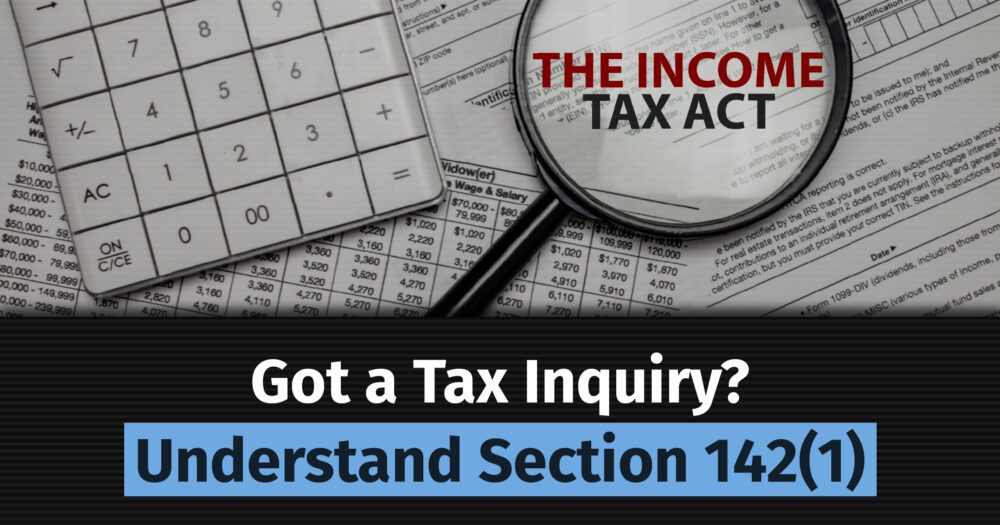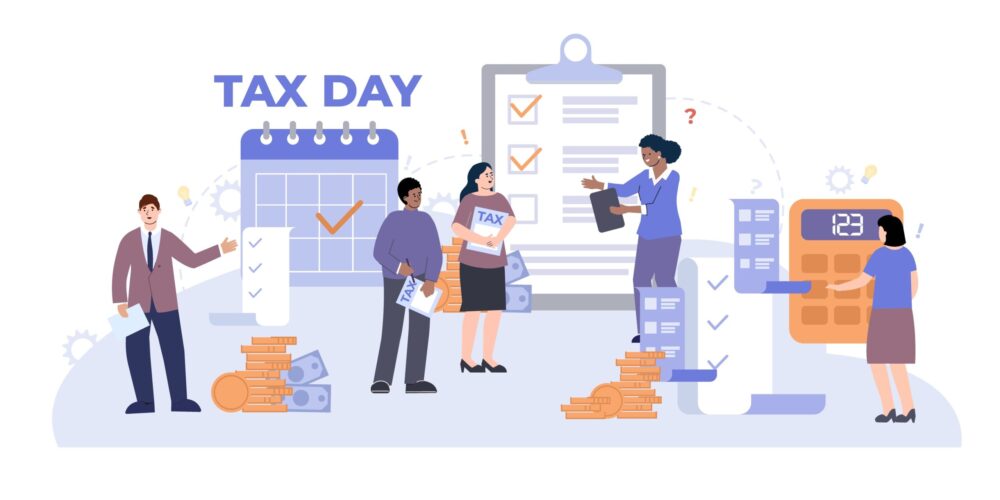It can be alarming to receive a notice from the Income Tax Department, but you can handle the issue by being aware of the notice’s requirements and knowing how to reply to it. When income tax authorities need additional details or clarification about your income tax return as a part of assessment process, they will send you a notice under Section 142(1). This notice aims to assist them in gathering further information before the completion of your return.
To ensure a more seamless tax filing procedure, let us understand why you could receive this notice, how to interpret it, how to respond to it, and the consequences of ignoring it.
Why Did You Receive This Notice?
This notice is an official request from tax authorities for certain records, information, or clarifications about your financial situation. It can be issued whether you have filed your Income tax return or not. This can be mainly due to the following reasons:
- Non-filing of Income Tax Return: It is a reminder to file the income tax return for the relevant assessment year.
- Inconsistencies in Income or Financial Data: If tax authorities find discrepancies between the income reported in ITR and other available information such as Form 26AS, banks, or some other third party.
- High-Value Transactions: Tax authorities may ask for the source of funds and the details for high-value transactions, such as large bank deposits, stock market dealings, or property dealings.
- Random Scrutiny or Regular Assessment: Your case may be selected to gather additional information for further scrutiny.
- Tax Audit Requirement: If the tax department wants to inspect the audit report or connected financial information.
Time Limit to Serve the Notice
There is no specific time limit for serving a notice under Section 142(1). This implies that if the tax authorities need additional details to verify your return, this notice may be served at any moment within the assessment year or during scrutiny assessments.
Time Limit to respond
You are typically required to respond to this notice within 30 days from the date of receipt. The department may grant an extension if you submit a written request to the assessing officer after providing a reasonable explanation for the delay in submission of response.
Key Details in the Notice
- PAN and Assessment Year
- Type of Notice: whether it is for filing the return or for submitting additional documents.
- Time limit to respond
- What details are to be submitted?
- Mode of submission of response
- Consequences of not responding
How to Respond:
While examining the notice, identify what information is called for. If it is regarding the non-filing of a return, file it promptly. If additional documents or information is requested, collate the necessary details and submit it via income tax e-filing portal under “Compliance” or “e-proceedings.” Ensure accuracy and meet the deadlines as non-compliance can lead to penalties and in extreme cases, prosecution.
How to Respond Online
Here is the step-by-step guide on how to respond to the notice under section 142(1):
Step 1: Log in to the Income Tax E-filing Portal: Log in using your PAN, password, and Captcha code
Step 2: Access the Notice
- Go to the ‘e-Proceedings’ tab and select ‘Response to Notice u/s 142(1)’.
- You will find the specific details of the queries or documents that need to be submitted to the Income Tax Department.
Step 3: Review the Requirements
- Carefully read the notice to understand the requirements of income tax authorities. It would include queries about certain transactions, deductions, income sources, etc. or may ask for certain documents. Examples include:
- Bank statements for verification of your sources of income.
- Proof of deductions or Investment to validate the tax-saving claims in your ITR.
- Sale deeds of property for verification of income from capital gain.
Step 4: Choose Your Response
You have two options to respond:
- Provide Requested Information or Documents: After gathering all the necessary documents or explainations, you can upload them directly via income tax portal. Make sure that these documents align with the information reported in your ITR.
- File a Revised Return (If Necessary): Click on ‘File Revised Return’ and make the necessary corrections in the appropriate ITR form. Ensure that your income, deductions, and tax liability are reconciled with Form 26AS and Form 16 to prevent future errors.
Step 5: Submit Your Response
After providing the requested information or filing a revised return, you should review the response and submit your response within the specified timeframe.
Once submitted, you’ll receive an acknowledgment that your response has been accepted.
Consequences of Not Responding
Failure to respond to a Section 142(1) notice can lead to several consequences:
- Penalty amounting to Rs.10,000 may be imposed.
- It could lead to imprisonment of up to 1 year with or without a fine.
- A warrant for searching the premises may be issued.
- It could increase the scope of scrutiny of your future returns.
- The assessing officer will assess your income and income tax liability using the information available to them and based on their best judgement.
Conclusion
Understanding your tax obligations and responding promptly to income tax notices are crucial steps in resolving any identified issues. This approach not only helps you in the short term but also offers long-term benefits by ensuring accurate and compliant tax filings.
A Qualified Financial Advisor can assist you in responding to income tax notices quickly and effectively. To get help with your income tax notice, download the 1 Finance app and book a consultation with a qualified financial advisor for a seamless, hassle-free tax experience.







